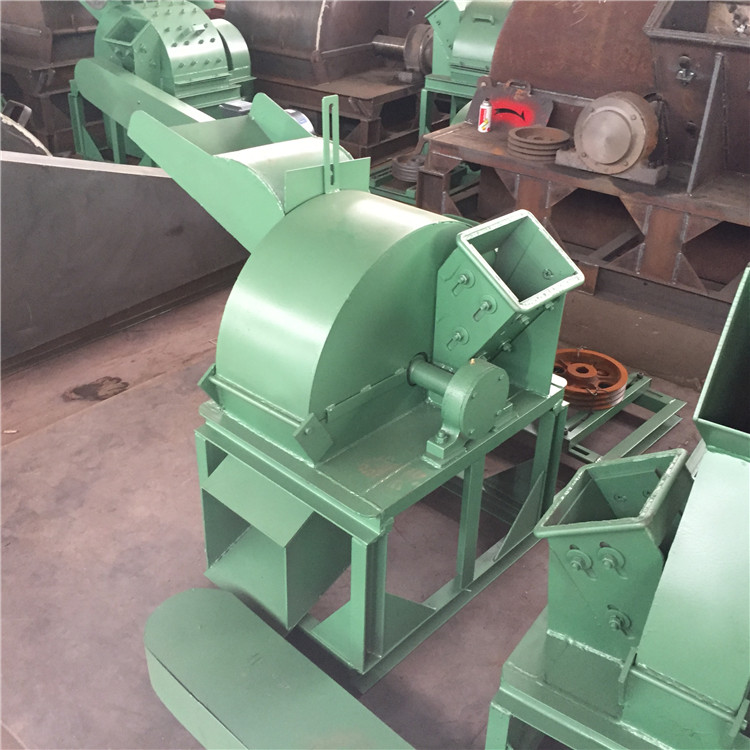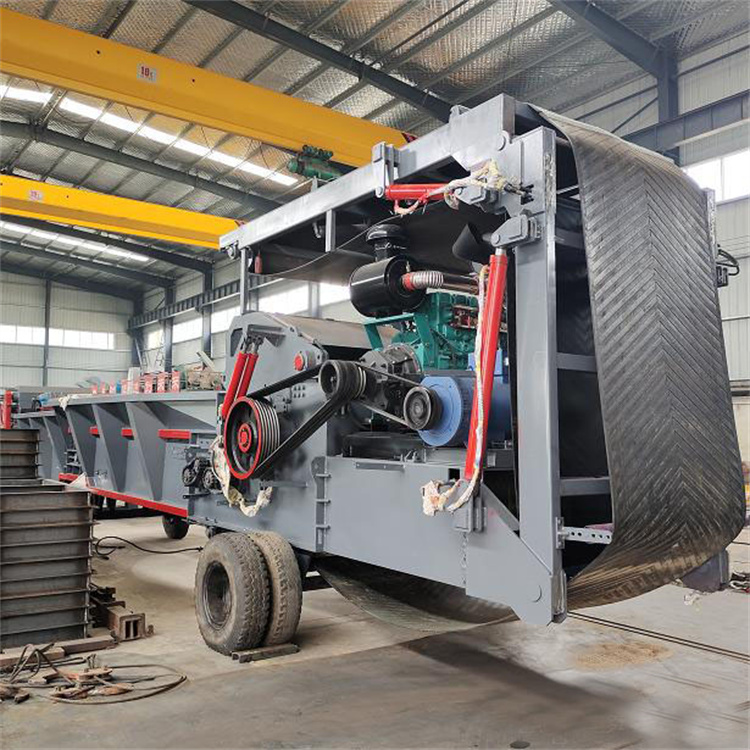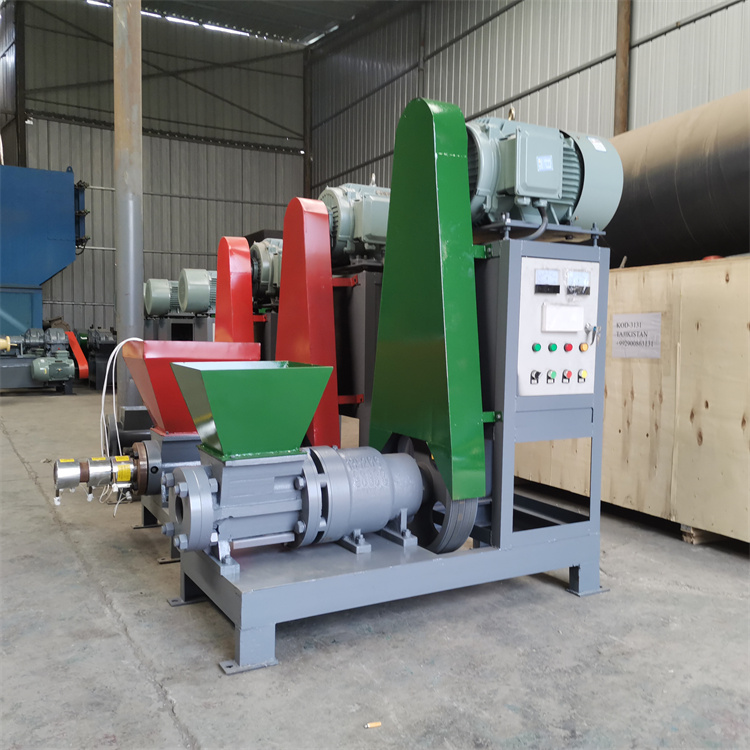In today’s era of environmental protection and resource recycling, wood crushers have become indispensable equipment in industries such as forestry, wood processing, building demolition, and biomass energy. This highly efficient machine can convert various types of wood waste into reusable resources, not only reducing processing costs but also creating additional economic benefits for enterprises. This article will introduce in detail the working principle, core advantages, applicable scenarios, and key points for purchasing wood crushers to help you fully understand this important equipment.
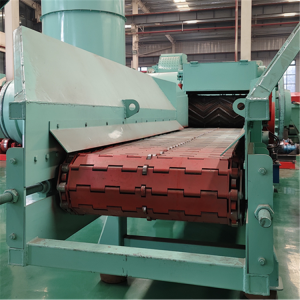
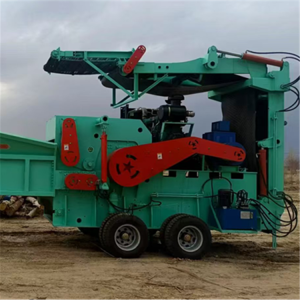
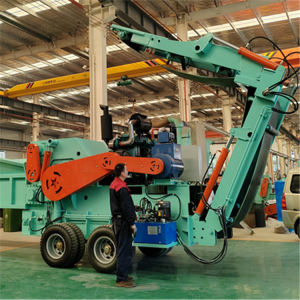
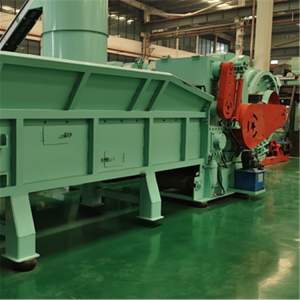
Working Principle and Types of Wood Crushers
Wood crushers use powerful blades or hammer systems to crush wood waste such as logs, branches, waste furniture, and construction templates into uniform wood chips or wood shavings. According to different crushing needs, there are mainly the following types on the market:
Mobile Wood Crusher
Suitable for places such as forest farms and gardens that require on-site operations
Can be directly connected to a tractor or diesel engine, flexible and efficient
Industrial-grade wood crusher
Large processing capacity, suitable for wood processing plants and biomass fuel production
Can crush hardwood and wood containing nails with a diameter of more than 30 cm
Small household wood crusher
Low power, suitable for yard branches and garden waste disposal
Easy to operate and low maintenance costs
Core advantages of wood crushers
High efficiency and energy saving: Modern wood crushers use hydraulic or electric drives, reducing energy consumption by more than 30% compared to traditional equipment
Multifunctional processing: Can crush a variety of materials such as logs, branches, pallets, and construction formwork
Economic benefits: Crushed wood chips can be used for biomass fuel, organic mulch, animal bedding, etc., adding value to waste
Application scenarios of wood crushers
Forestry and garden management
Quickly process logging residues and reduce transportation costs
Crush branches and use them as forest mulch to improve soil quality
Wood processing plants
Recycle scrap wood and reduce waste disposal costs
Produce standard wood chips for supply to biomass energy plants
Construction and demolition industry
Efficiently process waste formwork and wooden building materials
Magnetic separation function automatically separates metal impurities such as nails
Biomass energy production
Process wood chips into biomass pellet fuel
Comply with renewable energy standards and enjoy government subsidies
Key factors in purchasing a wood crusher
Processing capacity: Select the appropriate model based on the average daily processing volume (small 5 tons/day, industrial grade 20 tons/day or more)
Power type: Electric-driven models are suitable for fixed locations, while diesel-powered models are suitable for remote areas without power supply
Blade material: Alloy steel or tungsten carbide-treated blades extend service life
Maintenance and care recommendations
Regularly inspect blade wear and promptly grind or replace as needed
Replace hydraulic oil and filters every 50 hours of operation
Use antifreeze hydraulic oil during winter operations
Keep the feed system clean to prevent debris from damaging the equipment
Conclusion
Wood crushers not only solve the problem of wood waste disposal, but also create significant economic and environmental benefits through resource recycling. With the global focus on sustainable development, investing in a high-performance wood crusher will become a wise choice for more and more companies. Whether it is a small garden or a large wood processing plant, you can find a solution that suits your needs and achieve the dual goals of environmental protection and profitability.


